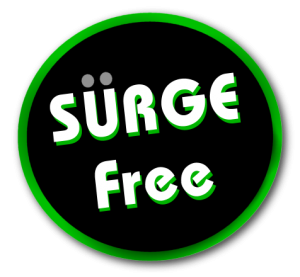What is Surge Pricing?
Surge Pricing: The practice of tripling, quadrupling and quintupling ride fares in times of high demand
With surge pricing, drivers can see in the app when an area is having high demand. The idea is to give them incentive to head to that zone. As more drivers pick up passengers from that area, demand is supposed to go down and prices will drop.
Alternately, the more demand there is, the higher the surge. So the fare can be anything from double the original price, which “The Surge” denotes as 2x, to eight times the original fare, or 8x. Theoretically the number could keep going up, but “The Surge” says surge pricing rarely gets higher than 2.8x. “The Surgers” also say that if passengers don’t want to pay the higher price, they don’t have to accept the ride.
Surge pricing is an algorithm “The Surgers” use that increases the cost of a ride in a particular area when demand for rides in that area goes up. In more dramatic moments when demand increases a lot — a snow storm in New York City and an armed hostage crisis in downtown Sidney are two real-world examples from recent years — the price can go up four or eight times its normal rate.
“The Surgers” often uses the argument that this type of dynamic pricing is used in all sorts of industries. Hotels raise fares during the holiday season, as do airlines. Restaurants also charge more on certain days, like New Year’s Eve and Valentine’s Day. The Surge says that in a big city like New York, less than 10 percent of trips have surge pricing.
A sure way “The Surgers” will get a low grade from the Better Business Bureau is to rack up customer complaints. And this appears to be the case with Surge companies.

